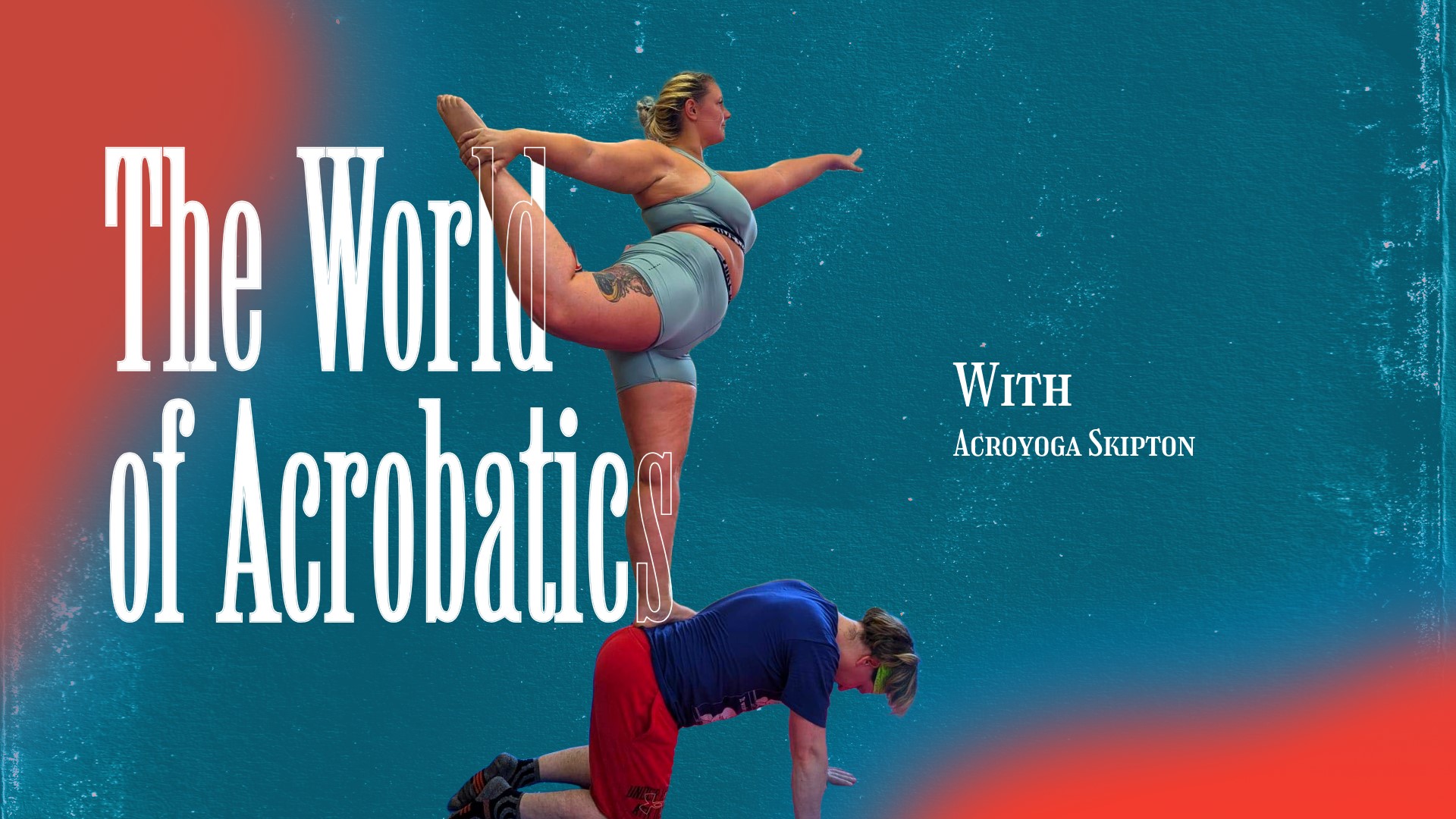Introduction to the Art of Acrobatics
Acrobatics is a captivating form of physical performance that combines agility, strength, and grace in a mesmerizing display of human capability. Dating back centuries, this art form has evolved into a diverse and dynamic practice that continues to awe audiences worldwide. From the grand stages of circus performances to the intimate settings of street shows, acrobatics has a universal appeal that transcends cultural boundaries. Whether performed solo, in pairs, or in larger groups, acrobatics never fails to leave spectators in awe of the incredible feats achieved by these skilled performers.
Now, let's delve into the rich history of this captivating art form
Acrobatics, a performance art that combines strength, flexibility, and coordination, has a rich history that spans across cultures and centuries. Its origins can be traced back to ancient civilizations such as Egypt, China, and Greece. Egyptian tomb paintings from as early as 2300 BCE depict acrobatic feats, suggesting that this art form was an integral part of their culture and religious ceremonies.
The modern era of acrobatics was significantly influenced by the development of the circus in the late 18th and early 19th centuries. Philip Astley, an English equestrian performer, is credited with creating the first modern circus, which included a variety of acts such as horseback riding, juggling, and acrobatics. This period marked the beginning of acrobatics as a popular form of entertainment for the masses.
Today, acrobatics is a global phenomenon, with diverse styles and techniques showcased in circuses, theatres, and contemporary performances. Organizations like Cirque du Soleil have revolutionized the art form, blending acrobatics with storytelling, music, and visual art to create immersive experiences. The rich history of acrobatics continues to inspire and captivate audiences around the world, celebrating the extraordinary capabilities of the human body.


These performers are truly turning their bodies into art! I could watch them for hours-each act is a masterpiece of strength and grace! 🤸♂️